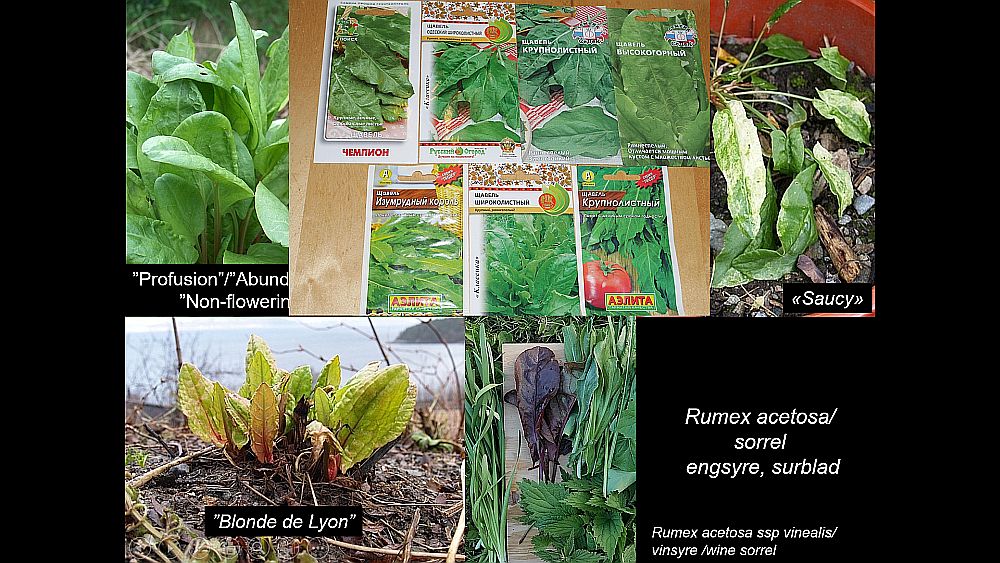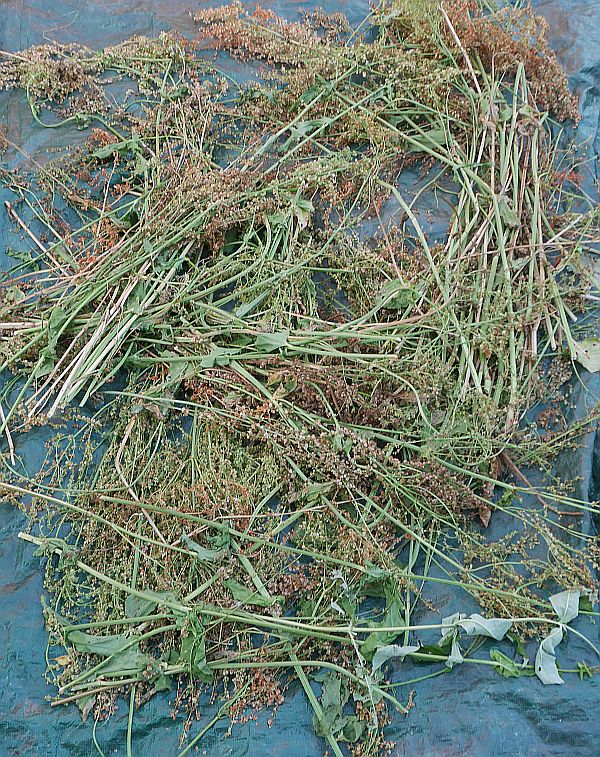
Rowan, birch and lime
The trees are full of fruit / seeds this year, so it looks like we are going towards a good winter for the birds!
Nutcracker song in the garden
Night returning to Malvik
As we move away from midsummer, night is returning to the north!


Leopard foreplay
I encourage this kind of thing in my garden:
The leopard slug or great grey slug / boasnegl (Limax maximus) is an introduced species, but unlike the spanish slug /brunsnegl almost never causes any damage in the garden despite large numbers of them…but they can eat your vegetables if your garden is too neat and tidy as their preferred food is dead and decaying vegetation! They have also, I believe, kept the dreaded spanish slug at very low numbers (they reportedly eat young spanish slugs and eggs and being highly territorial, returning to the same hiding place every morning, defend such hiding places from the spanish slug! A good guy in my opinion!!
Want to know more about what happens after the video ends? This is from Wikipedia:
“The mating habits of Limax maximus are considered unusual among slugs: the hermaphrodite slugs court, usually for hours, by circling and licking each other. After this, the slugs will climb into a tree or other high area and then, entwined together, lower themselves on a thick string of mucus, evert their white translucent mating organs (penises) from their gonopores (openings on the right side of the head), entwine these organs, and exchange sperm. Both participants will later lay hundreds of eggs”
Fieldfare in the garden
Fieldfares (gråtrost) don’t breed in the garden but nearby. After the breeding season, a few forage for the first berries in the garden. Saskatoons / søtmispel (Amelanchier spp.) are the first and in order that I get some too (to dry) I net at least one of the trees:

Here’s a fieldfare alarming…probably a cat lurking in the undergrowth!
Saving sorrel seed
Sorrel (Rumex acetosa) is found throughout Europe, even in alpine habitats up to 2,100m in the Alps and 1,900m in Norway. It ranges eastwards as far as Japan and is also found in the Himalayas and mountains of China. It has also naturalised in North America,
New Zealand and Australia. Throughout its range, its a prized wild edible and in France and Russia it is also cultivated for the markets and a number of varieties have been developed. There are also a number of varieties that never flower, giving us fresh leaves throughout the season. This species is fully covered in my book Around the World in 80 plants. A few years ago, I bought 7 varieties of sorrel from a vegetable catalogue in Estonia and planted an area of the garden to these. Last year, I removed all the flowers except one variety and offered seed through KVANN (Norwegian Seed Savers). This year, I let them all flower and will offer a mix of all varieties, now drying in the garden.
If you know Russian, please tell me what the names mean (see the picture from a powerpoint presentation)…at least two are the same!
Oh no, sorry greenbrier…
Last summer I discovered a climber in a hedge in the garden. It turned out to probably be Smilax lasioneura, the Blue Ridge carrionflower, a species closely related to Smilax herbacea, which has edible shoots used like asparagus. I have no record or recollection of planting it here, but I have a record of being offered 3 seeds of Smilax herbacea by Samuel Thayer 10 years ago, so I can only assume it was one of these that germinated.
Yesterday, I was scything an area of the garden and, forgetting the Smilax, I managed to cut right through the stem at the base and it was just coming into flower too, although, being dioecious, there wouldn’t have been any berries. Hopefully, this won’t kill it….and I’ve taken the opportunity to try to propagate it from cuttings!

Opium poppy season is here again
My annual vegetable beds are once again aglow with opium poppy (Papaver somniferum) flowers, my favourite annual edimentals. These are my favourite “weeds” that come up year after year. I’ve planted some 40 different varieties over the years, so there are many colours and flower forms! They need to be “weeded” in order that the individual plants are big! See my grand album of opium poppy pictures here: https://tinyurl.com/y6snlc4r
I collect the seed for using on bread (see the latter album and http://www.edimentals.com/blog/?page_id=3191) and other baked dishes!
However, great and blue tits compete with me for the seeds, see my blog post on my narcotits (narkomeis)! The flowers are almost certainly perfectly safe to eat raw, at least in small amounts and you’ll see the occasional flower in my salads.
Papaver somniferum is also one of the favourite plants for pollinating insects such as bumblebees, hoverflies etc., see http://www.edimentals.com/blog/?p=12787!
Other poppy species have also been used traditionally for food and even the leaves of corn poppy (kornvalmue) are used in the Mediterranean countries (I remember seeing the leaves for sale in a market in Venice some years ago!
More about the uses of poppies from Cornucopia II. I grow all 3 in my garden here in Malvik!
Papaver somniferum – opium poppy (opiumvalmue). The seeds, called maw seeds in Europe and khas-khas in the Middle East, are widely used in breads, cakes, rolls, milky soups, rice dishes, stews, curries, saladdressings, and sweetmeats. When crushed and sweetened, they are used as a filling for crepes, strudels, pastries, etc. Poppy-seed oil is used like olive oil in French cooking, where it is known as olivette. A paste made from poppy-seed oil and roasted, ground poppy seed is widely used in Turkish cuisine.
Papaver orientale – oriental poppy (orientvalmue). Unripe capsules, though very acrid and hot in taste, are reportedly eaten as a delicacy. In Turkey, the seeds and flower parts are eaten.
Papaver rhoeas – Corn poppy (kornvalmue). Young leaves are cooked and seasoned like spinach, or used as a flavoring in soups and salads. A syrup prepared from the scarlet flower petals has been employed as an ingredient in soups and gruels. They also yield a red pigment used for coloring, especially wine. The seeds are used in cakes, breads, and rolls or pressed for their oil, an excellent substitute for olive oil.






